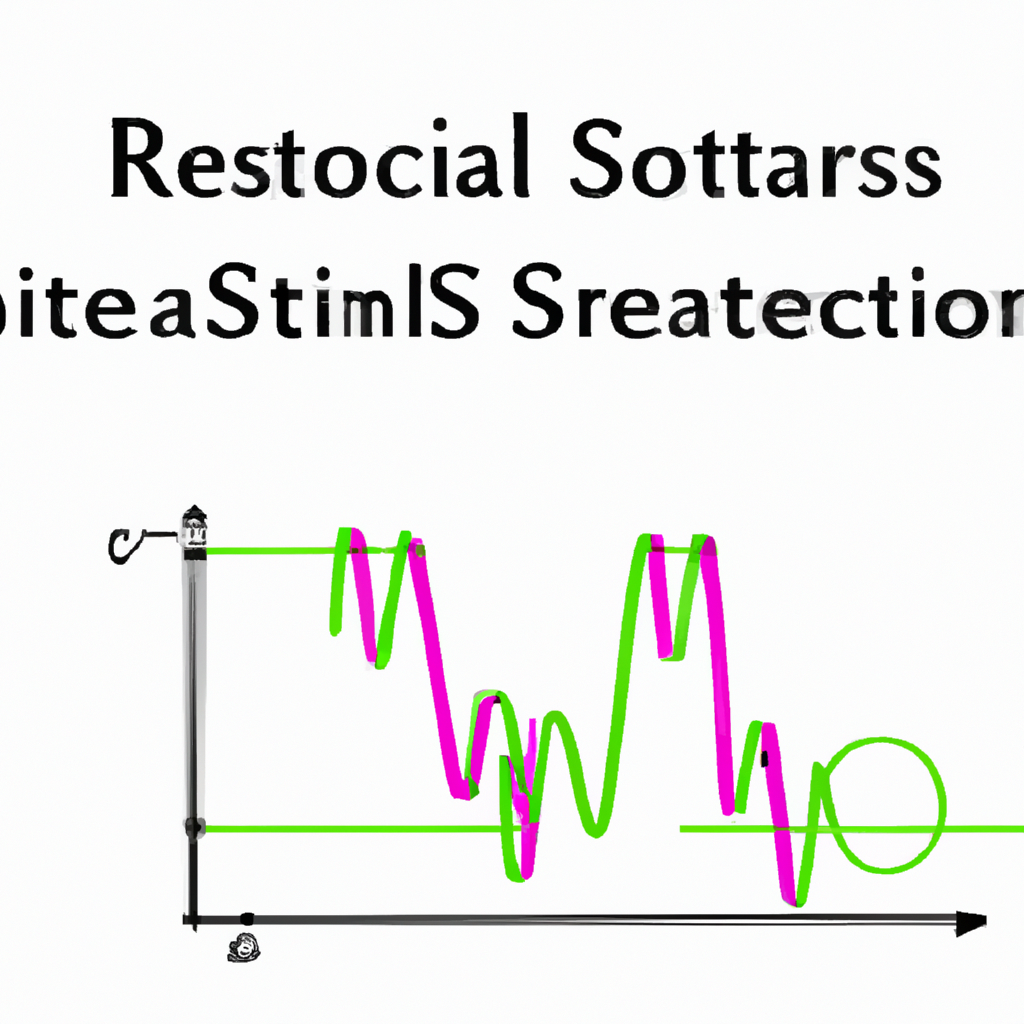Introduction
Relative Strength Index (RSI) is a popular momentum oscillator that measures the speed and change of price movements. Traders often use the RSI to identify overbought or oversold conditions in a market and to generate buy or sell signals. In this article, we will discuss some RSI oscillator strategies that traders can use to improve their trading performance.
RSI Overbought and Oversold Levels
One of the most common RSI oscillator strategies is to use overbought and oversold levels to generate buy and sell signals. The traditional overbought level is considered to be 70, while the oversold level is considered to be 30. When the RSI crosses above 70, it is considered overbought and a potential sell signal. Conversely, when the RSI crosses below 30, it is considered oversold and a potential buy signal.
Example:
If the RSI of a stock reaches 75, it is considered overbought and traders may consider selling their positions. On the other hand, if the RSI of a stock reaches 25, it is considered oversold and traders may consider buying the stock.
RSI Divergence
Another RSI oscillator strategy is to look for divergences between the RSI and price movements. Divergence occurs when the price of an asset is moving in one direction, while the RSI is moving in the opposite direction. This can signal a potential reversal in the price trend.
Example:
If the price of a stock is making higher highs, but the RSI is making lower highs, it could be a sign that the uptrend is losing momentum and a reversal may be imminent. Traders can use this divergence to anticipate a potential trend reversal and adjust their positions accordingly.
RSI Trendline Breakouts
Traders can also use trendlines on the RSI to identify potential breakout opportunities. By drawing trendlines connecting the highs and lows of the RSI, traders can identify when the RSI breaks above or below these trendlines, signaling a potential change in momentum.
Example:
If the RSI has been trending higher and breaks above a downward sloping trendline, it could signal a potential continuation of the uptrend. Conversely, if the RSI has been trending lower and breaks below an upward sloping trendline, it could signal a potential continuation of the downtrend.
Conclusion
RSI oscillator strategies can be powerful tools for traders to identify potential buy and sell signals in the market. By using overbought and oversold levels, divergence, and trendline breakouts, traders can improve their trading performance and increase their chances of success. It is important for traders to test these strategies in different market conditions and adapt them to their own trading style and risk tolerance.










